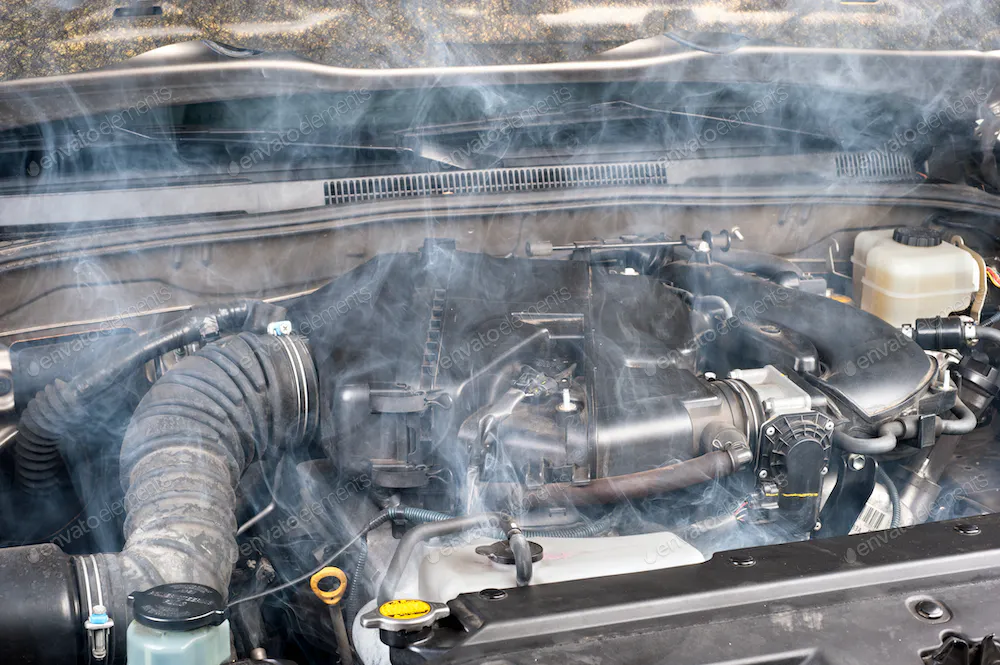Understanding your car's heating and cooling problems

Your car’s cooling system is working hard every time your engine runs. Car engines generate a lot of heat, and the cooling system keeps that heat out of the car’s body, keeping you comfortable and safe. It makes sense that it’s only a matter of time before some parts get significant wear and tear and start malfunctioning.
How does your car’s cooling system work?
Your car’s cooling system consists of many different parts. The radiator, fans, thermostat, hoses, and water pump are all part of it. All of these must function properly to keep you safe on the road.
There are two types of cooling systems, one that uses air and one that utilizes liquid. These days, liquid-cooled systems are more common, although cars still use air cooling systems.
The liquid cooling system works by making a liquid coolant pass through passages in the engine block and head, absorbing heat from the engine. The heated liquid now passes through a hose connected to the radiator. While the fluid passes through the thin tubes in the radiator, it is cooled down by the stream of air flowing into the engine compartment from the grille. Once cooled down, the water pump pushes the fluid back to the engine to absorb heat and repeat the process.
What are the most common cooling problems?
You can suspect a problem in the cooling system if your vehicle is overheating, if the temperature gauge fluctuates, or if there is steam coming from under the hood. A puddle of coolant under your car is also a telltale sign and the presence of white exhaust fumes. The most common reasons for this are issues with the cooling system's components.
Radiator leaks
Radiator leaks are common, especially with the hoses attached to it. A radiator leak most often causes coolant puddles under your car. The same is the culprit for white exhaust fumes.
Air trapped in the cooling system
There is no place for air inside the hoses of the cooling system. When air is trapped with the fluid, the fluid’s ability to cool the engine down is affected because it messes with the temperature regulation. This often results in engine overheating.
Corroded water pump
One of the disadvantages of a liquid cooling system is the high chance of corrosion. In case of corrosion, one of the most affected components is the water pump. Rust buildup can create holes on the surface of the water pump. A loose water pump cannot deliver optimal performance to push fluid around the cooling system.
Low cooling
Much like any other fluid in your car, coolant levels deplete from time to time. You can immediately notice this through the rising temperature gauge or when the dashboard warning light comes on.
Understanding your car’s cooling system will help you become more alert to possible troubles. In case of failure, immediately bring your car to a repair center to get professional help.